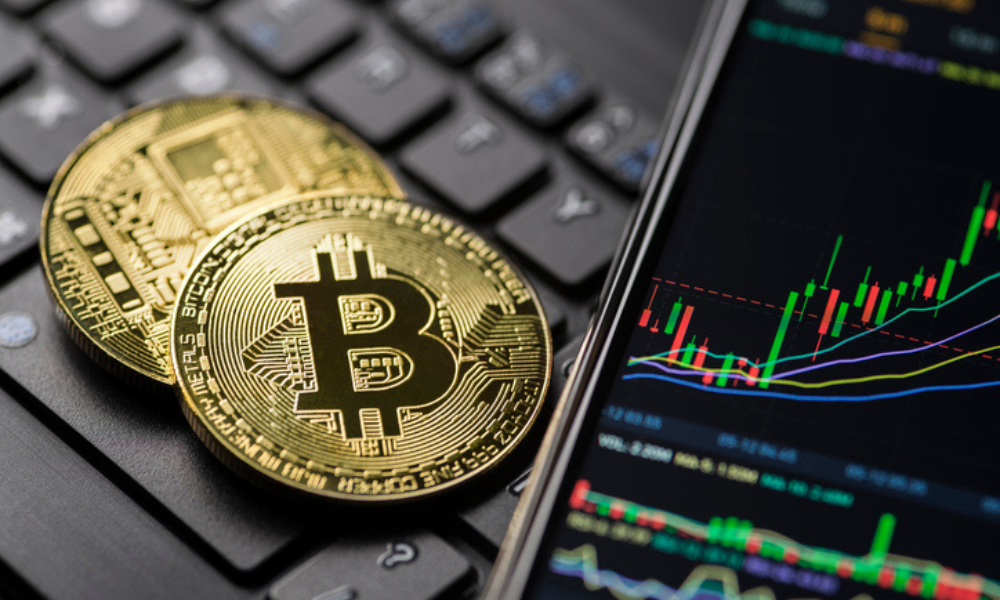

Bitcoin retreated from a six-week peak after a jump in bond yields dented demand for riskier investments.
The largest digital asset shed as much as 1.9% on Tuesday before paring some of the drop to trade at about $27,600 as of 10:50 a.m. in Singapore. The MarketVector Digital Assets 100 Index of the largest tokens slipped 1.2%.
Bitcoin had topped $28,500 on Monday, helped by a bout of optimism about wider crypto adoption after US exchange-traded funds based on Ether futures began trading. But the products failed to generate as much interest as equivalent Bitcoin vehicles launched during the 2021 digital-asset boom.
“The price pop was short lived as the macro environment is still hawkish on rates,” said Cici Lu McCalman, founder of blockchain adviser Venn Link Partners. “The rise in US Treasury yields weighed on Bitcoin.”
The 10-year US Treasury yield is near the highest since 2007, reflecting growing expectations of a prolonged period of elevated Federal Reserve interest rates to quell inflation. Tighter financial conditions are a headwind for the likes of stocks and crypto.
The digital-asset sector is also girding for the trial of Sam Bankman-Fried over last November’s collapse of the FTX exchange. He has denied charges of fraud and money laundering but could face a lengthy prison term if found guilty. Jury selection begins on Tuesday ahead of legal proceedings that will again spotlight pitfalls in the crypto industry.
“Over the past 11 months, crypto trade volume and market depth has hit multi-year lows along with price volatility,” research firm Kaiko wrote in a note, adding “the worst may thankfully be behind us” and expressing the hope that the trial “can provide much-needed closure.”
Bitcoin has jumped 67% this year, a partial rebound from a 2022 rout. The token remains far off its pandemic-era record of almost $69,000.
Students of history are taking solace from Bitcoin’s seasonal patterns, as October tends to be a strong month. Over the past decade, the token on average rose 24% in October, according to data compiled by Bloomberg.
Kaiko said Bitcoin is increasingly dominating crypto trading in the US, accounting for 71% of volumes on American exchanges in September — a level that surpassed the 66% hit during the banking turmoil in March.
Institutional traders may have been switching to Bitcoin “amid surging real yields and worsening global risk sentiment,” Kaiko wrote.

Also, wealth.com enters Commonwealth's tech stack, while Tifin@work deepens an expanded partnership.

Back office workers and support staff are particularly vulnerable when big broker-dealers lay off staff.

The fintech giant is doubling down on its strategy to reach independent advisors through a newly created leadership role.

The two firms are strengthening their presence in California with advisor teams from RBC and Silicon Valley Bank.

The high court's decision rebuffing Alpine Securities marks a setback for a broader challenge to Wall Street's reliance on self-regulatory organizations.
How intelliflo aims to solve advisors' top tech headaches—without sacrificing the personal touch clients crave
From direct lending to asset-based finance to commercial real estate debt.
